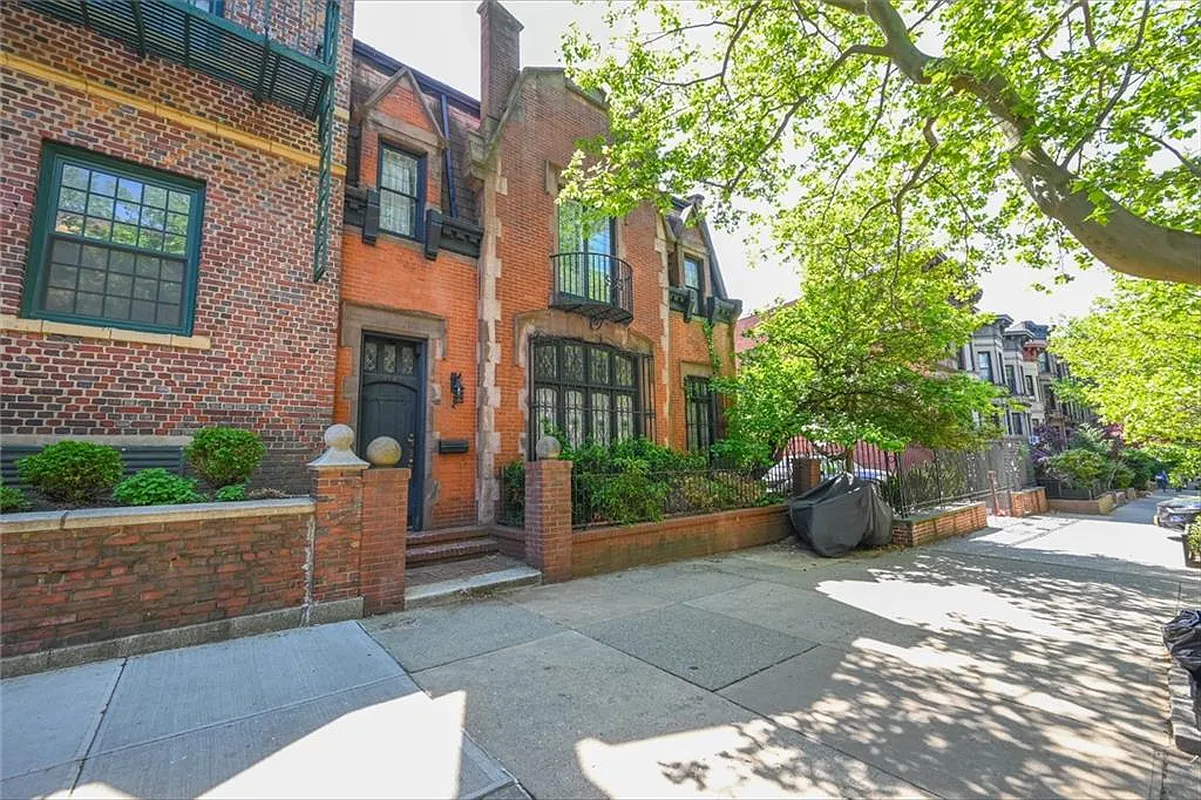Inside Third & Bond: Week 30
This week the Hudson Companies bloggers tackle the topic of piles and realize that, lo and behold, they are about 1/3 of the way to the finish line! Thirty weeks, dear readers, that’s how long you’ve been tagging along on this real estate venture. Thirty weeks of decisions, problem-solving, and money paid out. And not…


This week the Hudson Companies bloggers tackle the topic of piles and realize that, lo and behold, they are about 1/3 of the way to the finish line!
Thirty weeks, dear readers, that’s how long you’ve been tagging along on this real estate venture. Thirty weeks of decisions, problem-solving, and money paid out. And not even a nail for the new building is on site yet. Yes, this is the glamorous world of development. And speaking of glamour, this week we continue our discussion on piles—those long, thin columns that keep buildings where they are supposed to be, like toothpicks through canapés.
Last week, we went over the foundation design decision process and left you with the what kind of pile? cliffhanger gasp! As you’ll remember, there are a lot of different pile types. They’re like sports teams or little black sweaters or Democrats. They might seem identical but are actually very, very different. There are different ways to get piles into the ground, different ways that they support the weight of the structure, and different amounts supportable by a given pile type. There are also different materials. Here we’ll try to give you some basics sure to make you a favorite at happy hour…
Type implementation, bearing (how), bearing (what)
• Displacement piles are forced into the ground by mechanical means, pushing earth out of the way. As you might imagine, this causes some disruption. Replacement piles cause less disruption because a shaft is bored out first and the pile takes the space left by the excavation. At Third & Bond, we’ve talked about both particularly about replacement along our perimeter where we are most concerned with impact on our neighbor’s buildings.
• Friction piles transfer loads into the soil by spreading the load along its entire surface which is held tight against the earth. In other words, the friction of the entire surface of the pile against its surroundings. Imagine you hammered a stick into the ground and now you are trying to pull it back out—that resistance you feel is friction and it is the same force at work with a friction pile. In comparison, the load for end-point piles is transferred to the tip of the pile much like the weight carried by a column. In other words, the load is concentrated at the tip of the pile instead of distributed along it.
• ____-ton pile. Piles come bearing a variety of potential loads. We’ve looked at using more 30-ton piles or fewer 90-ton piles. Fewer piles means less pile driving but higher costs because the piles themselves have higher bearing capacity and because they are more likely to need to be repaired mid-drive (e.g., splits) and that means a bunch of workers will be hanging around on the clock while it gets fixed by a couple of other workers. Then again, fewer piles to drive means less moving around of the pile driving equipment which should make the whole process faster and time is money.
• Type – material

•  Timber piles are long tree trunks stripped of branch and bark—like utility poles. They are typically driven into the ground by a huge machine that hammers them in inches at a time. Imagine the power and force it takes to push a tree 30 or 60 feet into the ground. Timber piles are limited to the height of the trees they were made from—~60′.
Timber piles are long tree trunks stripped of branch and bark—like utility poles. They are typically driven into the ground by a huge machine that hammers them in inches at a time. Imagine the power and force it takes to push a tree 30 or 60 feet into the ground. Timber piles are limited to the height of the trees they were made from—~60′.
• H piles are steel beams. Though applied as displacement piles, because of their shape they displace relatively little soil. They can be provided in any length. Compared to timber piles, these are more expensive but can carry higher loads. One of our geotechnical engineers is especially keen on H piles.
• Pipe piles are steel pipes that can be driven with or without a core and then filled. They tend toward displacing large amounts of soil.
• Pre-cast concrete piles are pretty much like they sound: pull out a plug of earth, stick in a column of concrete.
• Mini or micropiles are smaller piles that are often used in tight situations, and typically are replacement and friction-bearing. We are leaning toward drilled mini-piles (installed by drilling steel casings into the ground, cleaning out the soil inside for replacement, then filling with grout and a reinforcing bar) along our perimeter.
• ![]() Helical piles are steel piles that look a little like giant screws, and are, in fact, screwed into the ground. See photo. We have heard that the City doesn’t allow helical piles and a memo will soon be released to state that as fact. There are one and two family homes being built now in NYC with helicals and we have been thinking of using them for underpinning. Do any of you have intel on the use of helicals—current or future?
Helical piles are steel piles that look a little like giant screws, and are, in fact, screwed into the ground. See photo. We have heard that the City doesn’t allow helical piles and a memo will soon be released to state that as fact. There are one and two family homes being built now in NYC with helicals and we have been thinking of using them for underpinning. Do any of you have intel on the use of helicals—current or future?
Armed with this technical knowledge, you can peer through knot holes in construction fences the city round and still not have a clue what’s happening. That’s okay. There are engineers for stuff like that.
So, pile driving aside, what’s in store for Third & Bond in the coming month? We hope to pull our new building permits (which are already approved) and start the underpinning of the two neighboring buildings. The trailer’s on site and soon there will be Dunkin’ Donuts inside it along with the tough characters who will be coaxing a 44-unit condo project out of all the plans we’ve relayed to you over the last 30 weeks. Only about 60 weeks to go…
Inside Third & Bond: Week 29 [Brownstoner]
Inside Third & Bond: Week 28 [Brownstoner]
Inside Third & Bond: Week 27 [Brownstoner]
Inside Third & Bond: Week 26 [Brownstoner]
From our lawyers: This is not an offering. No offering can be made until an offering plan is filed with the Department of Law of the State of New York.”





30 weeks?
B, can you send an update every 10 weeks?
Whatever piles you use, Hippy Bob is gonna go nuts once the pounding starts so prepare for a swathe of complaints from his smoke addled mind and his ambulance chasing lawyer.
Did somebody say CUPCAKE?
Michael – thanks for your comment–very informative. we heard this morning that DOB is circulating an internal memo against helicals that might be made public soon.
johnife – yes, rock is way down there and so we’d be using the H piles as friction piles. i’ve consulted with our in-house engineer and he noted that while H piles are often used for end-point loads that doesn’t mean they can’t be used as friction piles.
the contaminated soil is pretty limited and our approved remediation plan requires us to excavate 5′ deep for most of lot 44 and send that dirt to a landfill. of course, we’ll have an independent consultant who will determine if we need to go further down or outside of the lot. if it were deeper or to remain on site, then i think the pile type would become more of an issue as you suggested.
Polemicist & guest 1:38 — thanks! i can just see “Third & Bond” coffee table edition…
Hi guys-
I am a developer and a foundation/superstructure contractor (building a building a few blocks from you on 4th ave). I enjoy your posts. With respect to helical piles, they are no longer allowed to be used for compression as of 12-10-07. The reason is that there is now an 8″ minimum shaft diameter required for all piles. This was really intended for timber piles but they apply to helical as well so by default you can’t use them. The truth is, the city does not like them because they tend to fail load tests and loosen over time. They can also move laterally and buckle or bend if they are not installed perfectly. I used to use them often on tight sites. They can still be used for underpinning, however, you have be careful to cover them with concrete right away as the excavation unit does not like to see more than one at a time exposed. Hope this is helpful. -Michael
“Honestly is anyone really interested in this?”
This is by far my fav thing on B-Stoner. Why doesn’t anyone else write stuff like this? Its informative, its interesting. So much better than “HOT RUMOR: SOMEONE AT A CUPCAKE…NEAR A STREET…IN BROOKLYN!!!”
If “Third & Bond” was edited and bound into a nice book and sold for $20, I’d buy it.
With respect to the H piles, where’s rock (since I’ve never seen these being used in anything but an end-bearing situation)? I thought that in this neck of the woods rock was so far down that this option would be crazy expensive.
Do you know the story on the site with contaminated soil? If it is contaminated, have you investigated the EPA’s feelings on driven versus bored? They sometimes have a beef about driving contaminated material down lower into the water table. If there is contamination, but EPA don’t throw the aforementioned requirement at you, then driven piles will obviate the higher disposal costs of the dirty soil you have to get rid of with bored piles.
Another great article.
I find these 3rd and bond stories to be the absolute best of Brownstoner. I hope, somehow, development projects will be regular features like this for as long as this site is up.
Honestly is anyone really interested in this?